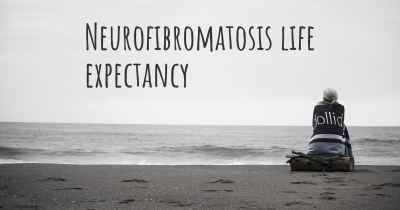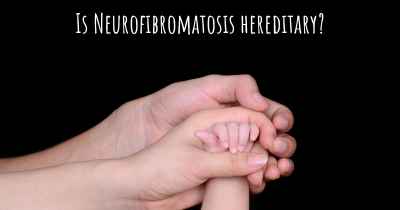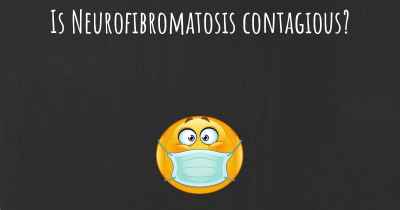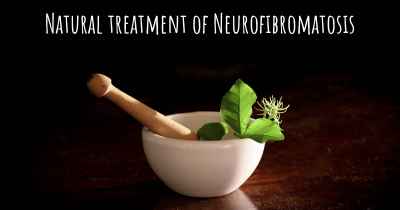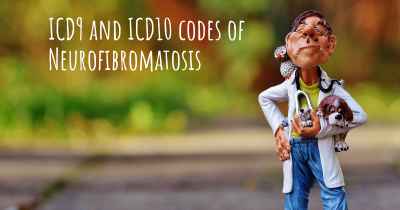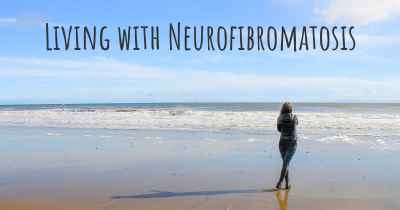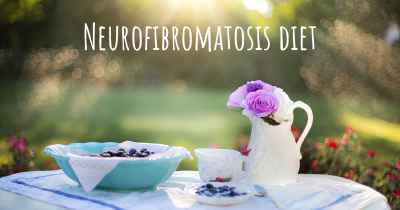How do I know if I have Neurofibromatosis?
What signs or symptoms may make you suspect you may have Neurofibromatosis. People who have experience in Neurofibromatosis offer advice of what things may make you suspicious and which doctor you should go to to receive treatment
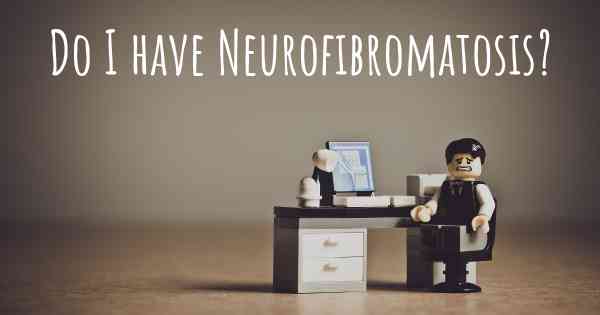
Neurofibromatosis:
Neurofibromatosis (NF) is a genetic disorder that affects the growth and development of nerve cells. It can cause tumors to form on nerves throughout the body, leading to various complications. There are three types of neurofibromatosis: NF1, NF2, and schwannomatosis. Each type has its own distinct features and symptoms.
Signs and Symptoms:
The signs and symptoms of neurofibromatosis can vary widely from person to person. However, there are some common indicators to look out for:
- Café-au-lait spots: These are flat, light brown spots on the skin that are often present from birth.
- Neurofibromas: These are benign tumors that can develop on or under the skin, as well as on nerves.
- Lisch nodules: These are tiny, harmless bumps on the iris of the eye.
- Freckling in unusual areas, such as the armpits or groin.
- Bone abnormalities, such as scoliosis or thinning of the long bones.
- Hearing loss or ringing in the ears (tinnitus).
- Balance problems or difficulty walking.
- Learning disabilities or cognitive impairment.
Diagnosis:
If you suspect you may have neurofibromatosis, it is important to consult with a healthcare professional who specializes in genetic disorders. They will conduct a thorough evaluation, which may include:
- Physical examination: The doctor will look for characteristic signs and symptoms of neurofibromatosis, such as café-au-lait spots, neurofibromas, and Lisch nodules.
- Family history: Neurofibromatosis is a genetic disorder, so having a family member with the condition increases the likelihood of being affected.
- Genetic testing: A blood sample may be taken to analyze the DNA for specific mutations associated with neurofibromatosis.
- Imaging tests: MRI or CT scans may be performed to detect tumors or other abnormalities.
Treatment and Management:
While there is no cure for neurofibromatosis, treatment focuses on managing symptoms and preventing complications. The approach may vary depending on the type and severity of the condition. Treatment options may include:
- Surgical removal of tumors that cause pain, disfigurement, or other complications.
- Medications to control symptoms such as pain, high blood pressure, or seizures.
- Hearing aids or cochlear implants for hearing loss.
- Regular monitoring and screening for potential complications.
- Physical therapy or occupational therapy to address mobility or developmental issues.
Conclusion:
If you suspect you may have neurofibromatosis, it is crucial to seek medical advice for a proper diagnosis. A healthcare professional will be able to evaluate your symptoms, conduct necessary tests, and provide appropriate guidance and treatment options. Early detection and management can significantly improve the quality of life for individuals with neurofibromatosis.
1 – A related party of first degree achieved (parent, brother, sister or child).
2 – At least 6 café au lait marks having a diameter greater than 1.5 cm after puberty or to 0.5 cm before puberty.
3 – The presence of lentigines axillary or inguinal.
4 – At least two neurofibromas of any type or a plexiform neurofibroma.
5 – A glioma of the optic nerve.
6 – At least two nodules Lisch (or hamartomas iriens).
7 – bone injury characteristic (pseudoarthrosis, dysplasia of the sphenoid, or thinning of the cortex of long bones).
In adults, the diagnosis is usually easy enough to do on the clinical manifestations. It may be more difficult to establish in children under 5 years of age who may not have tasks, coffee and milk. In fact, neurofibromas appear later at the time of pre-adolescence. Lisch nodules are found only in 10% of children under the age of two years, while they are present in more than 90% of adults. When clinical manifestations are still few in number, the family history may help in diagnosis. X-rays of long bones can also be helpful, because the bony abnormalities are present from birth. Finally, MRI can be used in a small number of cases highlight a glioma asymptomatic optic tract.
Confirmation of the diagnosis by genetic analysis is not useful. The clinical manifestations are sufficient for the diagnosis. Genetic analysis is currently indicated in three situations :
1) the early diagnosis in a child with manifestations incomplete,
2) the diagnosis of atypical forms,
3) when considering a prenatal diagnosis or preimplantation diagnosis. The genetic abnormalities that are possible are very numerous and difficult to identify.
Each of the methods currently available does not allow to detect that a certain percentage of abnormalities, which requires the laboratories to combine several techniques to increase the detection rate. In isolated cases, where it is in the patient a mutation in a new (de novo), the only solution is to isolate the mutation. This direct search is rarely done currently. The detection rate of the mutations is a little less than 90%.
In the familial forms where there are at least two people, it is possible to carry out a study of the molecular indirect.
Posted Oct 11, 2017 by Robert 1750
